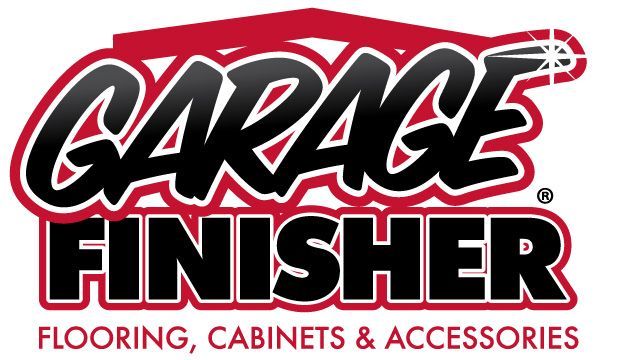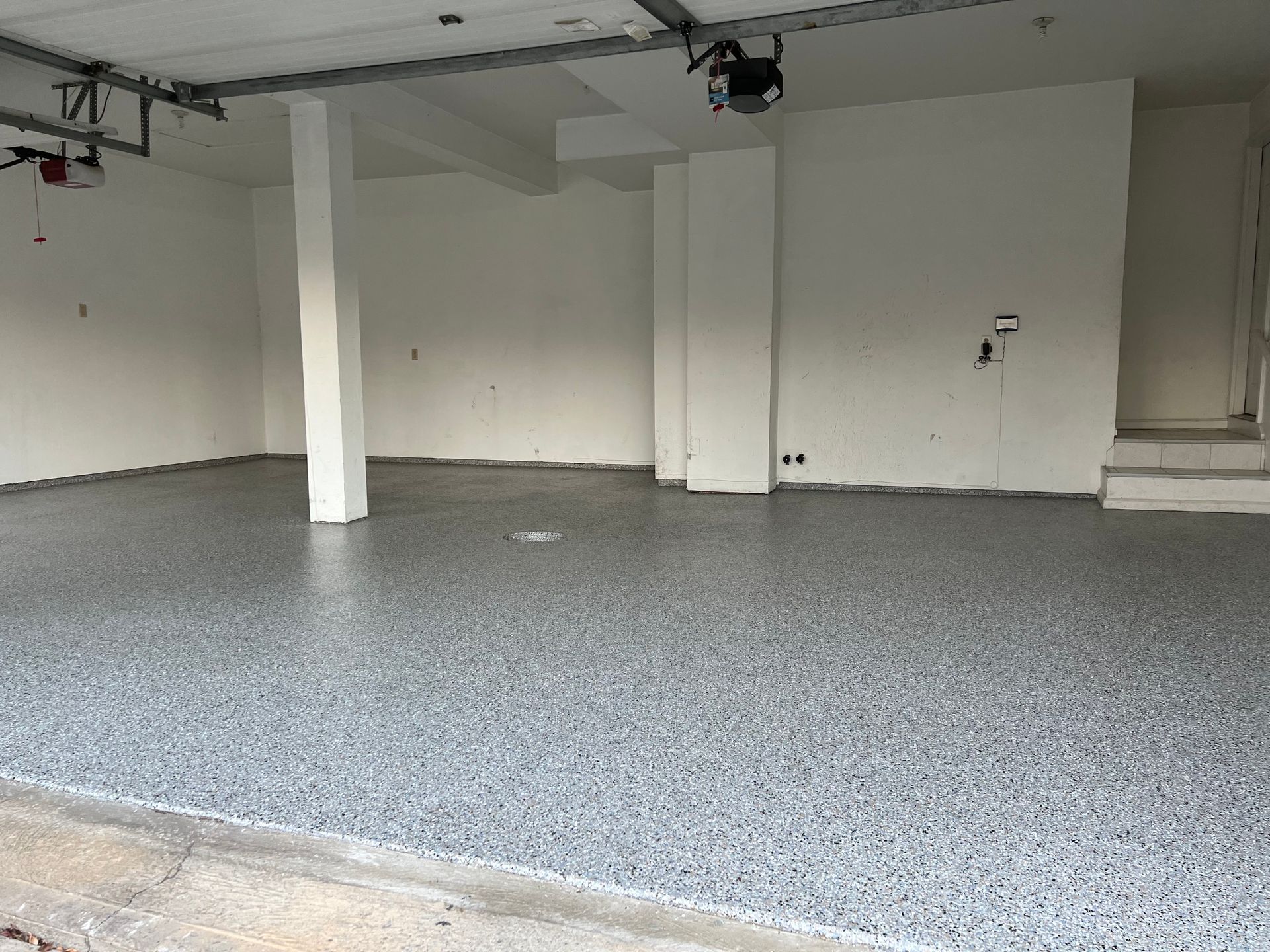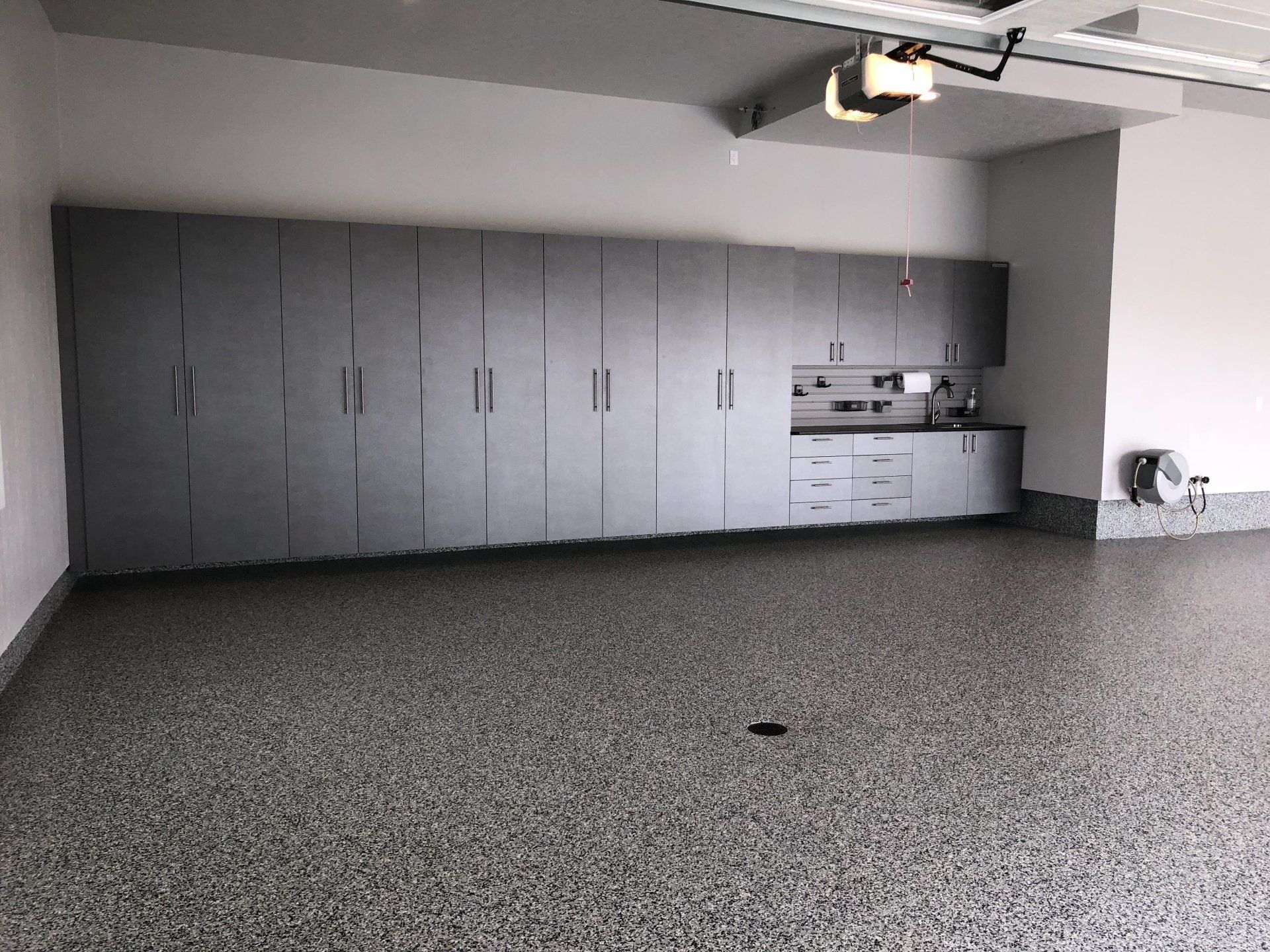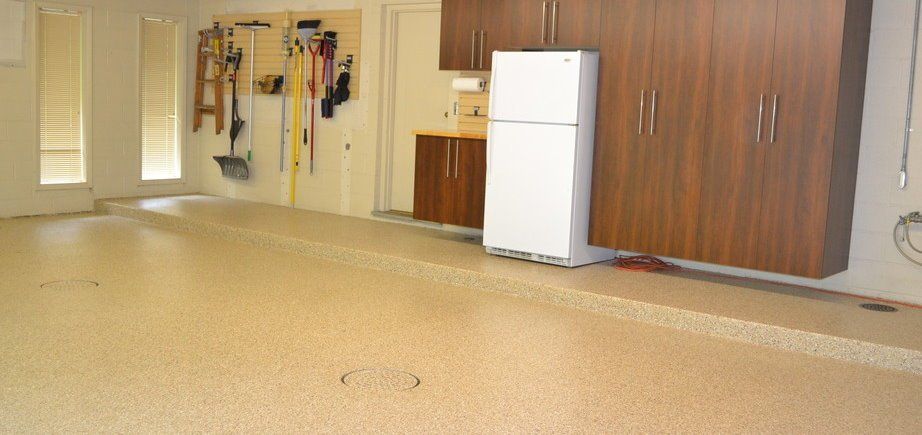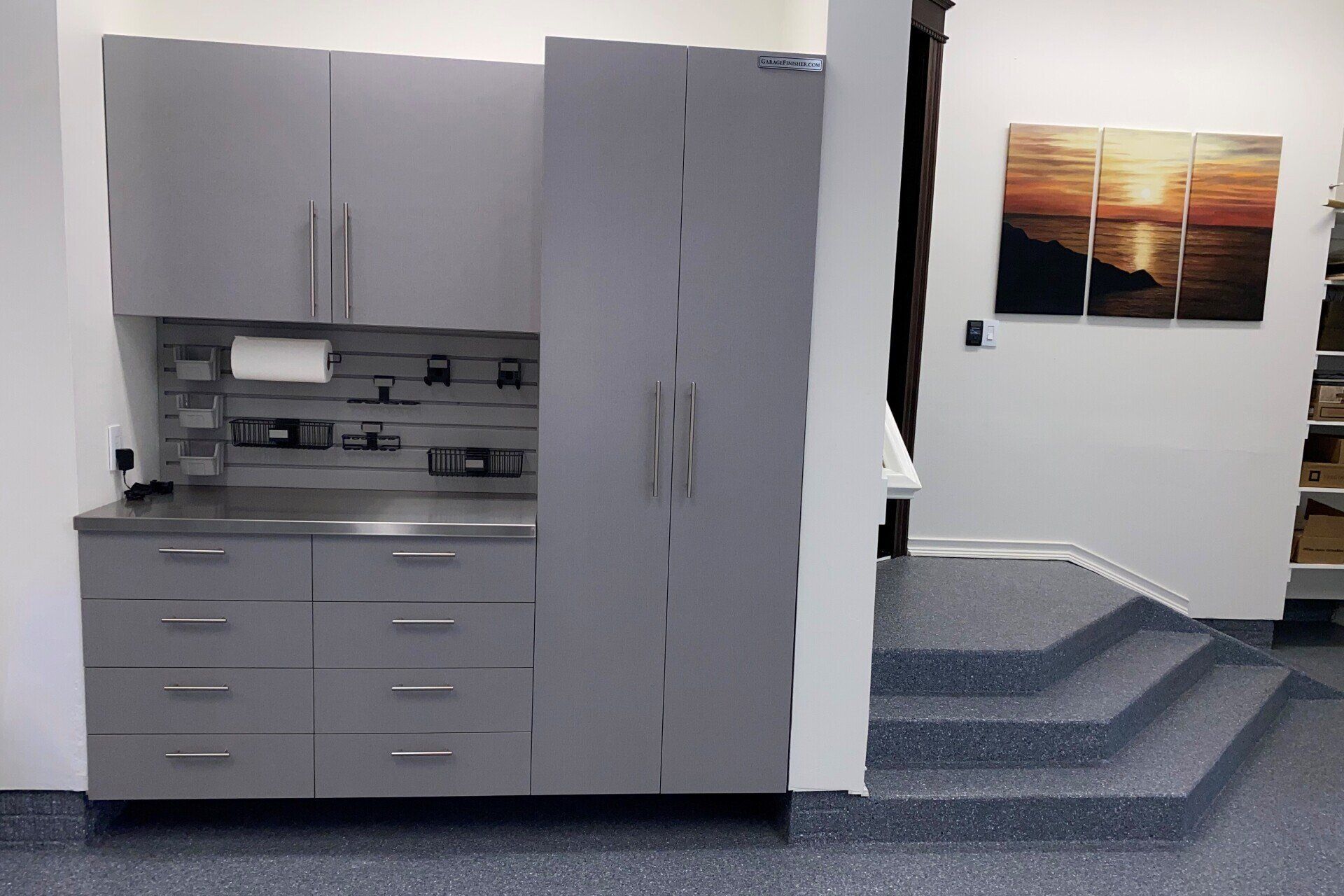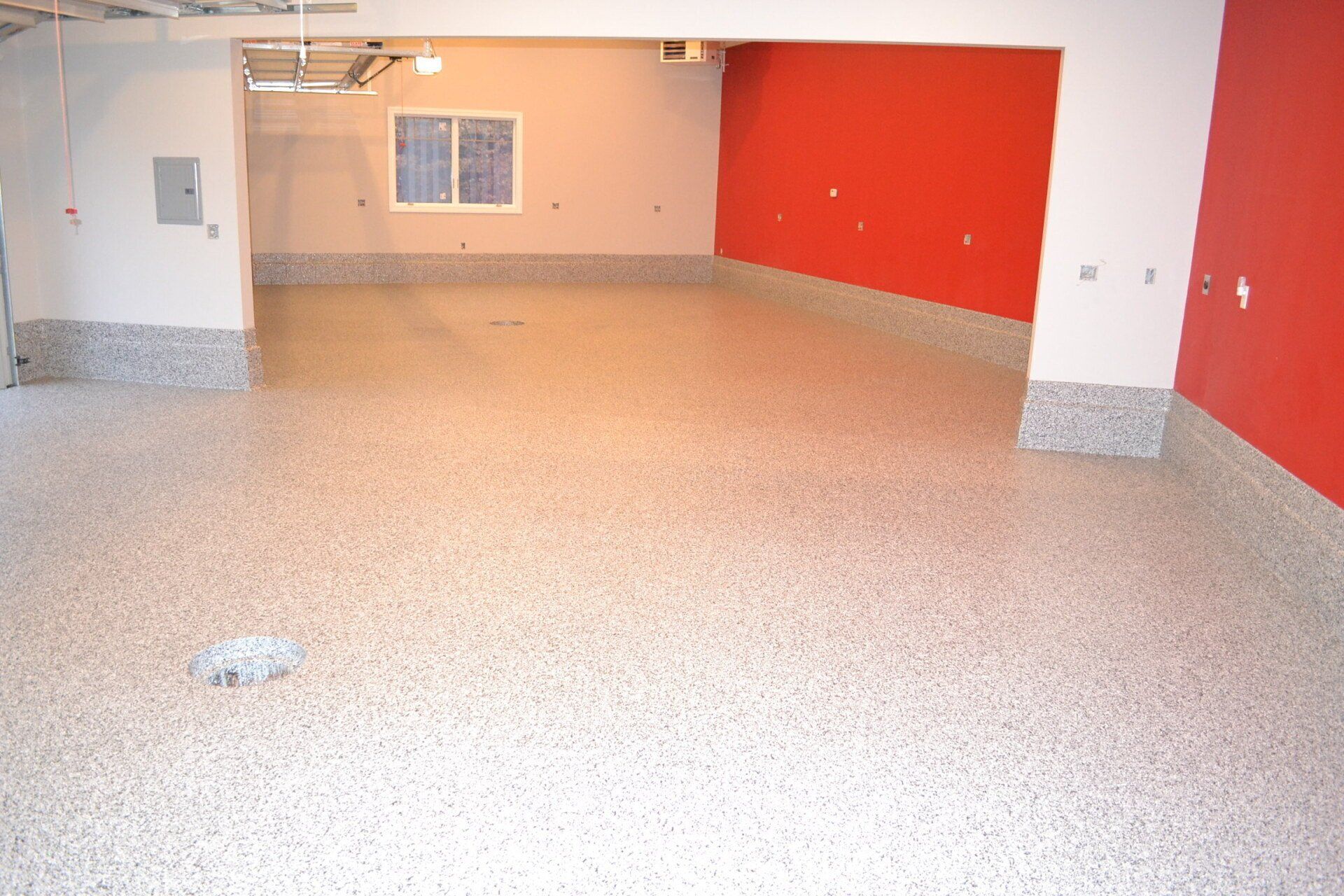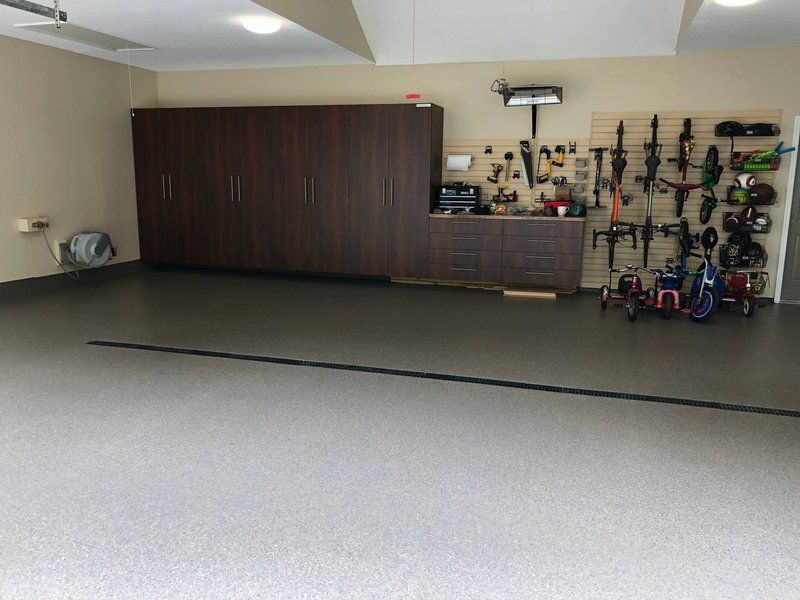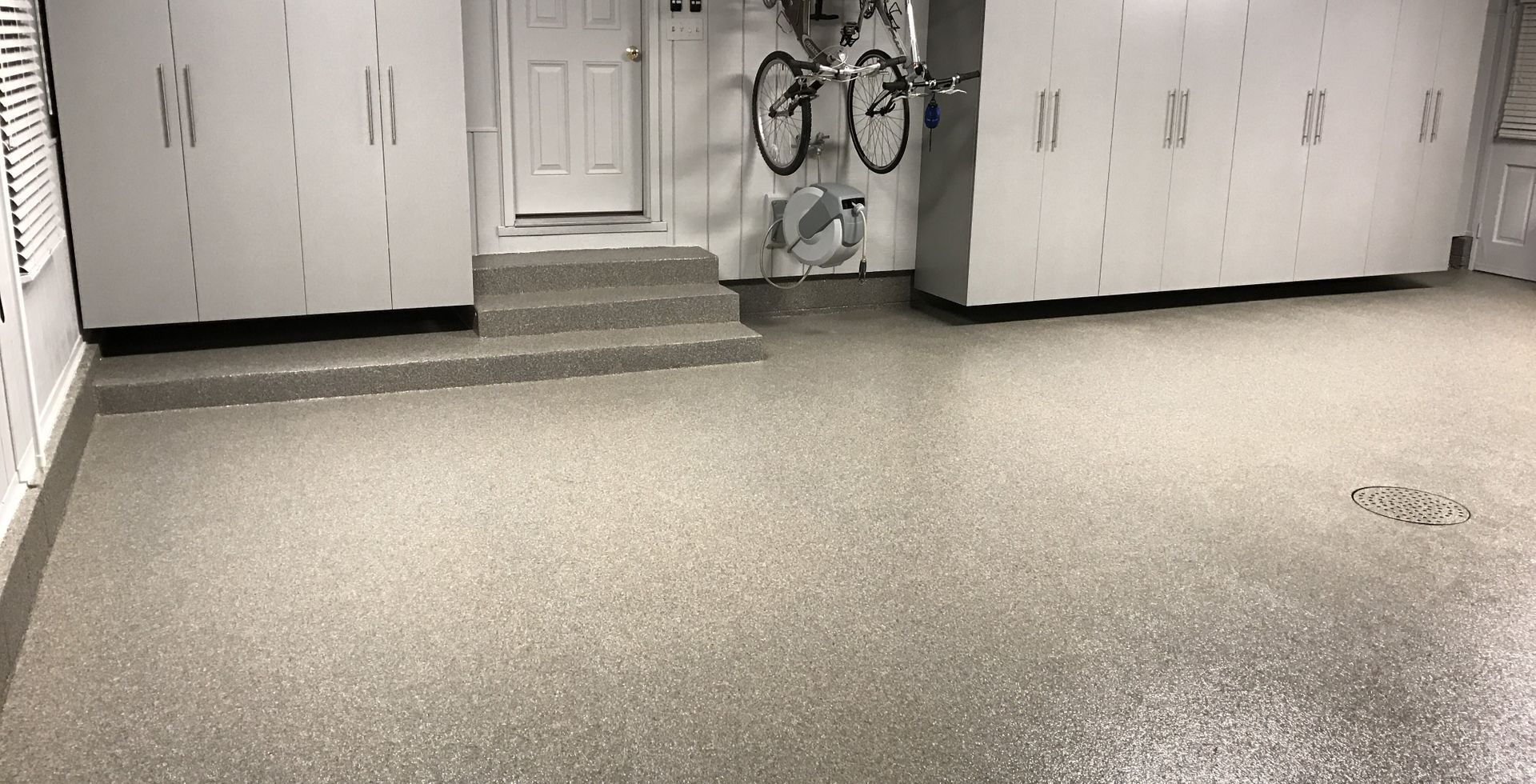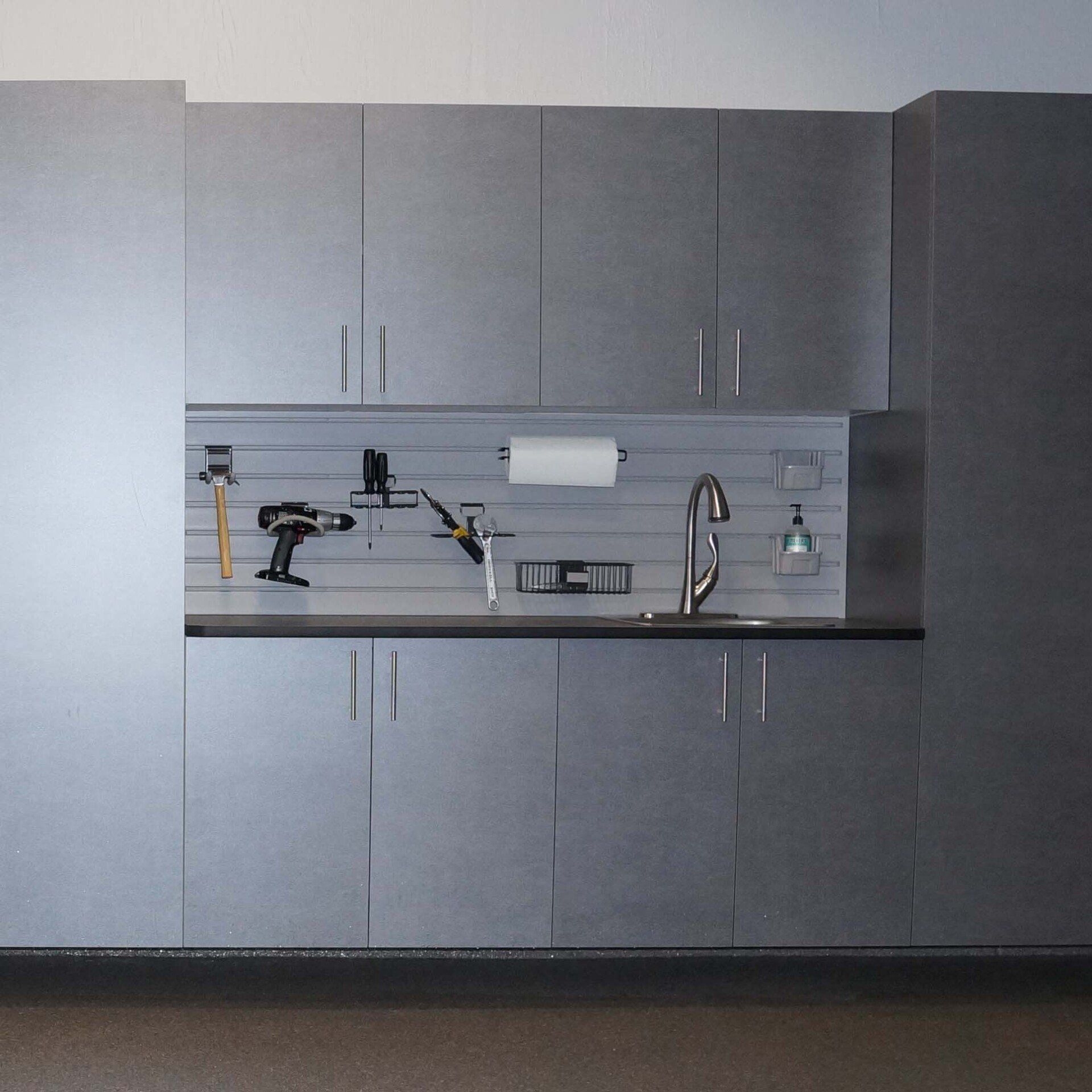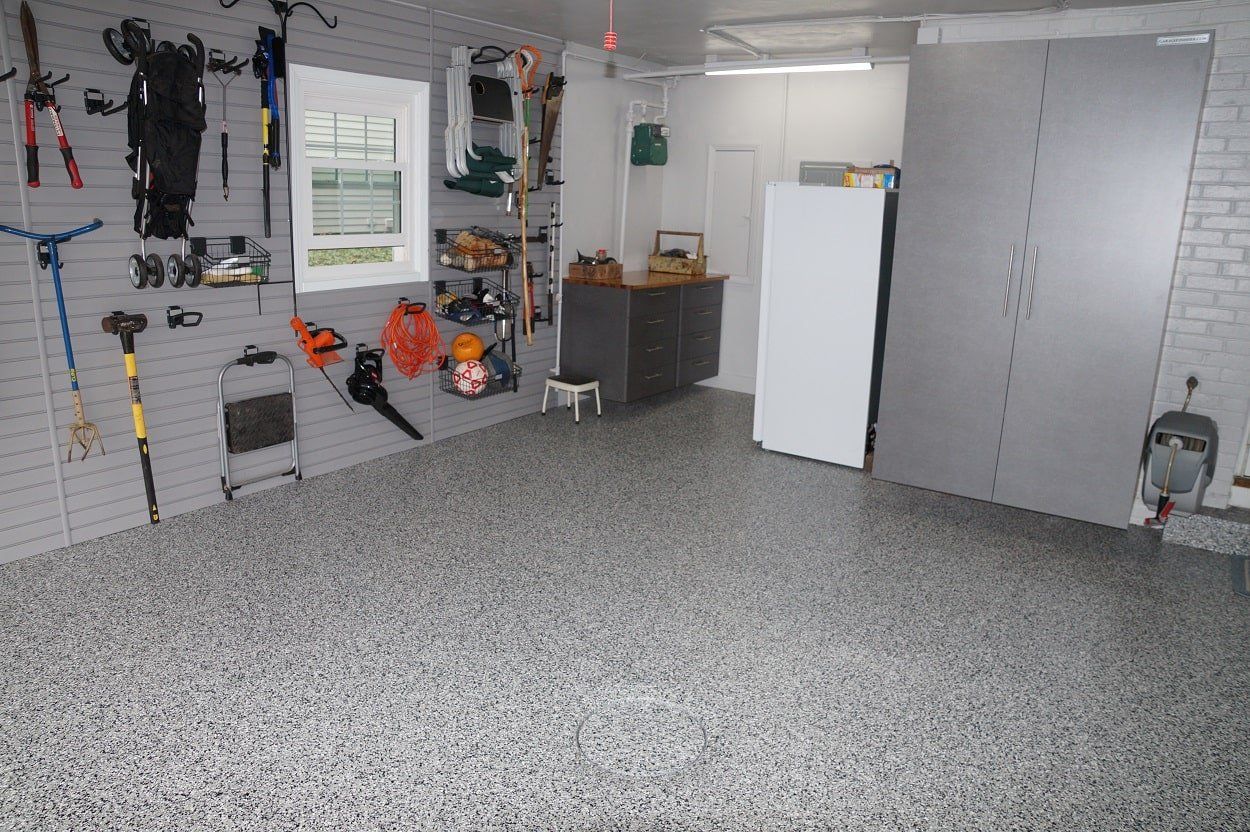Enhance and Protect Your Garage Floor with a Polyaspartic Coating
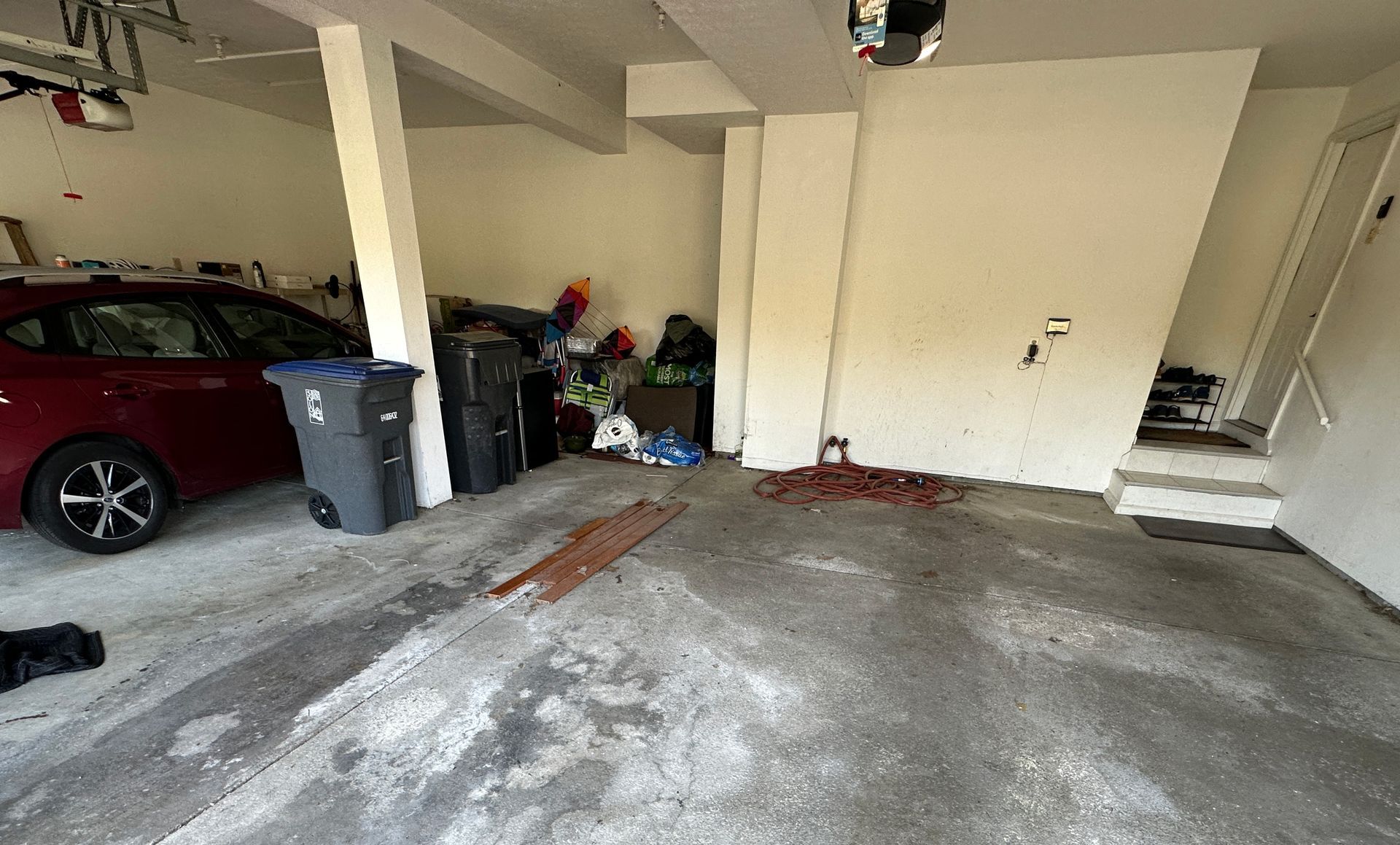
If your garage only has a plain concrete slab as a floor, you're inviting a lot of problems. Concrete, by itself, just isn't a good material for a floor. It's fairly strong, but it's extremely easy to chip or crack. It's also fast to stain, and incredibly difficult to clean - especially if fluids such as car oil get in there.
A concrete slab might seem OK when it's first installed, but it will quickly accumulate damage and just start looking worse and worse over time.
That's why more and more homeowners are turning to floor coatings to finish their garage floors - and there's no better option than polyaspartic flooring. A single affordable finishing job, done by trained professionals, can keep your garage floor looking great for decades as it resists all kinds of damage that would harm regular concrete.
Polyaspartic Coating
So, in this article, we want to talk about polyaspartic coatings: What they are, their benefits, and why they're better than alternatives such as epoxy. Let's get started.
I. What is Polyaspartic Flooring?
Polyaspartic coatings are made from a type of polyurethane - that is, synthetic plastic. Much like other resinous epoxies, polyaspartic coatings are delivered in a two-part set which are mixed together to create the resin. This is then spread across your garage floor. Once the polyaspartic mix sets and hardens, it creates a seamless edge-to-edge coating across the entire concrete slab, protecting it from numerous types of damage.
Polyaspartic flooring was first developed in the 90s, based on an earlier polyurea blend. The goal was to create a perfected flooring resin that combined the advantages of polyurea and epoxy flooring, without their drawbacks. Polyaspartics are coming to be widely regarded as the best overall concrete coating option for most purposes, especially for rooms such as garages, basements, outdoor patios, or most commercial high traffic settings.
II. How Polyaspartic Coatings Protect Your Garage Floor
Once installed by trained professionals, your polyaspartic-coated concrete floor will be improved in numerous ways.
1 - Extra strength
Polyaspartic flooring is incredibly durable, capable of standing up to crushing damage, as well as resisting most falling object damage as well. This same coating is frequently used in industrial applications, such as warehouses, where heavy machinery is in use. If it can stand up to machines like steam rollers and cherry-pickers, it can stand up to anything a homeowner throws at it as well.
It is very difficult to do significant damage to a floor with a polyaspartic coating, compared to how easy it is to damage regular concrete.
2 - Easy cleaning
Basic concrete is extremely hard to clean due to its porousness, and most garage floors tend to accumulate a lot of stains if not coated. Polyaspartic flooring, on the other hand, is non-porous and extremely easy to clean. It's entirely waterproof, so most of the time, you can just hose it down. Or use a soft-bristled broom to clear debris away.
3 - Fewer contaminants
Garages can easily become host to unwanted microbial life, such as mold and mildew, because concrete is full of cracks and holes, they can live in. That's why garages often smell so musty. However, this isn't the case with polyaspartic flooring. There are no cracks or other places where mold and mildew can gain a foothold, and the resinous mix itself is fairly hostile to such invaders.
In short, your garage won't get moldy with a polyaspartic floor.
4 - Beautiful looks
Polyaspartic flooring isn't merely strong and durable - it can also be beautiful. For example, it's easy to embed chips in the resin, to create a faux-stone look which can be very convincing. You can imitate the look of numerous stones such as sandstone, basalt, or many others.
For more complicated installations, you can even have multiple layers of resin, and sandwich additives between the layers. It can look like almost anything.
III. Why Polyaspartic Flooring is Better Than Alternatives
So, with several different products for finishing garage floors - especially epoxy - why is polyaspartic flooring coming to be regarded as the best option?
1 - Great UV resistance
One of the biggest problems with basic epoxy flooring is that epoxy is vulnerable to ultraviolet light - such as in sunlight. An epoxy floor left in the sun will quickly begin to fade and discolor. Over time, the epoxy itself will begin to break down, ruining the floor.
Polyaspartic flooring has no such issue. Your garage can get as much sunlight as you like, no problem.
2 - Fast-curing
Another big issue with epoxy flooring is that it takes a long time to dry and set - typically around three days. Any disruption would wreck the installation. On the other hand, polyaspartic flooring will harden in less than a day. You can call in garage flooring installers to start in the morning, and the floor will probably be usable the next day.
3 - Low VOCs
Most other forms of garage coating will give off dangerous gases while it sets, called Volatile Organic Chemicals (VOCs). Epoxy is so dangerous that people installing it often need to wear breathing equipment.
Polyaspartic flooring avoids this problem. It is far safer to install, even in areas with poor ventilation such as basements. This ensures it’s safe for you to be near the floor while it dries.
In short, polyaspartic flooring is truly the best option for finishing a concrete floor - and Garage Finisher has the best polyaspartic blend in the business, our five-layer Forever Floor. To learn more about how we can reinvent your garage floor in only one day, just contact us.
